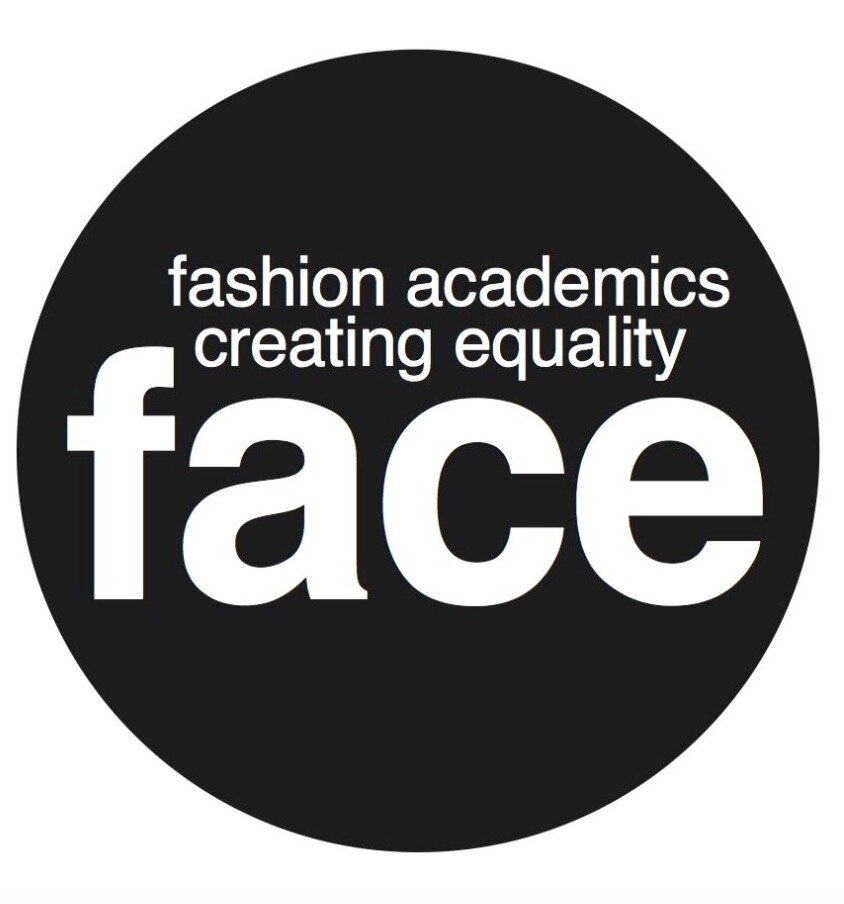FACE Race: Resistance
FACE RACE Teaching Resource. This companion page is one of many included in the Handbook. Download here.
Written by Adrianne Arendse
It’s easy for us to become assimilated into the very structures we’re trying to change
The tricky, challenging and uncomfortable work of cultivating equity and equality will face resistance. There are overt and covert sets of behaviour that may be fuelled by resistance, but this spectrum is two-dimensional. Let’s add another dimension: subjective; from an individual perspective: I’ve been hard done by too or I’m upset by this conversation - fragility, and let’s remind ourselves of the omnipresent structural or institutional formats that are in and of themselves resistant to disturbance.
Note: conscious and unconscious bias factor into all of these elements.
Overt Subjective Reaction
Broadly, an overt subjective reaction might exhibit as:
outright hostility at the broaching of the subject of anti-racism, race equity or anything in their neighbourhood
avoiding or being hostile towards the person most likely to broach the subject or the person or people who might represent it
deflecting or diminishing information or lines of conversation that build a case for or make room for racial equity
unwillingness to engage with or open to accepting or understanding issues relating to race, privilege, equity, prejudice and discrimination as they appear in contexts under discussion
Overt Structural Reaction
An overt structural reaction might exhibit as:
obstructing resourcing for contexts that might provide room for, or advance ‘the work’
no roles that specifically progress the work within an institution (no EDI officers or directorships)
deflecting responsibility for change onto individuals while withholding the authority to make change, holding them responsible for the lack of change
Covert subjective reactions
Covert subjective reactions and responses might exhibit as:
Not doing the self-reflective work required by the subject matter while supporting the larger context of the work in less-demanding ways, such as
providing administrative support
performative or virtue-signalling behaviour in response to topical events (Black History Month, news events)
a lack of depth in an individual’s perceptions of core concepts (thinking of equality as ‘treating everyone the same,’ for example)
Not doing the research, expecting the parties leading the work to teach, explain and justify the work
An inability or unwillingness to navigate cognitive dissonance relating to the subject matter (for instance, someone might consider themselves to be accepting of all ethnicities but have deep discomfort and even antagonism towards colleagues from particular backgrounds and or their contributions)
Covert Structural Responses
Covert Structural responses might exhibit as:
box-ticking, or providing policy that deflects responsibility for change on the part of the institution but makes no substantive change to institutional culture
a lack of representation in key forums (executive groups, academic boards, etc.)
no representation in the formation of policy
diminishing or pausing resourcing in areas that might advance the work (a REC application, for instance) in favour of areas that appear to engage with the work in ways that might seem more efficient from a resource-deployment perspective but dilutes any efforts to advance the work (a Mental Health Charter application which includes race but not with the scrutiny a REC application might, for instance)
Here is a representation of a level of the spectrum.
The Overt to Covert line includes an important element: intensity. Even low-intensity incarnations of the behaviour outlined can be obstructive and damaging at key moments and over time. It follows that high-intensity amplifies any interaction and is capable of creating significant trauma.
This is our work - equity and equality and antiracism - gentle and unflinching advocacy and activism for ourselves… and those we make room for
Note: We have not mentioned any specific ethnicity in relation to any of these areas and forms of behaviour. Because we are all susceptible to any and all of the practices and habits described. As this is our work, the work of equity and equality and antiracism, of gentle and unflinching advocacy and activism for ourselves and those we make room for, it is even more important for us to be able to notice, appreciate and attend to the resistance in ourselves. To see it and make sense of it, to open ourselves to discovering why it might be there and act on it in whatever way seems appropriate.
It’s easy for us to become so assimilated into the very structures we’re trying to change that our priorities have changed so slowly or suddenly that we don’t see that change happening. As a result we might make choices that slow or obstruct the work in order to protect those shifting priorities.

